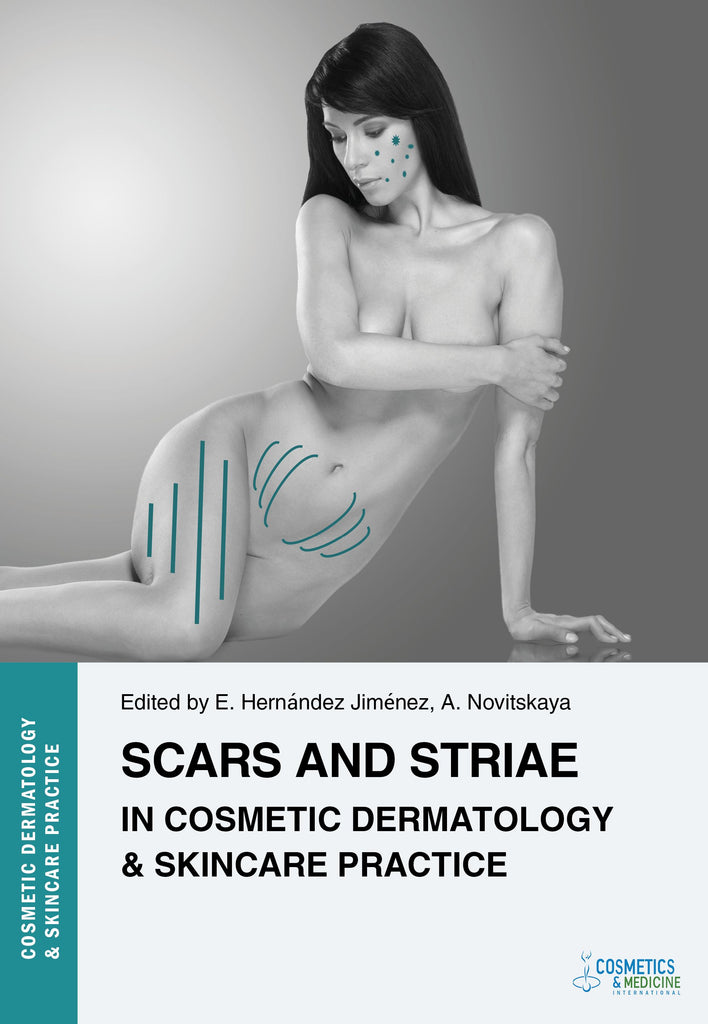SCARS AND STRIAE IN COSMETIC DERMATOLOGY & SKINCARE PRACTICE
Book series COSMETIC DERMATOLOGY & SKINCARE PRACTICE
- Издатель: Cosmetics & Medicine Publishing
- Формат: eBook
- Количество страниц: 196
- Язык: Russian
- Дата издания: March 2, 2021
- Размеры (ШхВхГ), см: 17.0 x 24.0 x 1.0
- ISBN/ISSN:
The book is devoted to scientifically approved skincare and aesthetic tools and technologies to prevent and treat various types of scars. Mechanisms of action of topical, injectable, and aesthetic device treatments that have confirmed their effectiveness in clinical trials are covered in detail. The authors give recommendations concerning their choice and application based on the pathogenesis and the type of scar.
The book consists of six parts. The first part considers the wound healing process. Preconditions for subsequent scar formation are laid down precisely at this stage; therefore, topical and aesthetic treatments for improving the healing process are the best prophylaxis against the formation of rough scars. Here we also touch upon genetic counseling as a tool for predicting the wound healing process, which allows us to reduce the risk of complications and choose the tactics for aesthetic treatment.
The second part compares different types of scars and discusses the main methods of analysis and diagnosis of scar changes.
The third part is devoted to hypertrophic and keloid scars. These types of scars are referred to as pathological; therefore, in their treatment, along with aesthetic devices, topical drugs and intrafocal injections are used.
The fourth part deals with atrophic post-traumatic scars. Atrophy revision implies using injectable and energy-based methods that stimulate skin remodeling.
The fifth part outlines the prevention and reduction of striae (stretch marks), which are linear atrophy of the skin due to tissue structural rearrangements.
The sixth part presents an overview of skincare approaches for treating post-acne, the signs of which, along with scars, are dilated pores, pigmentation, and congestion spots. The post-acne treatment program includes skin remodeling techniques and exfoliating, depigmenting, anti-inflammatory, and draining topical agents.




